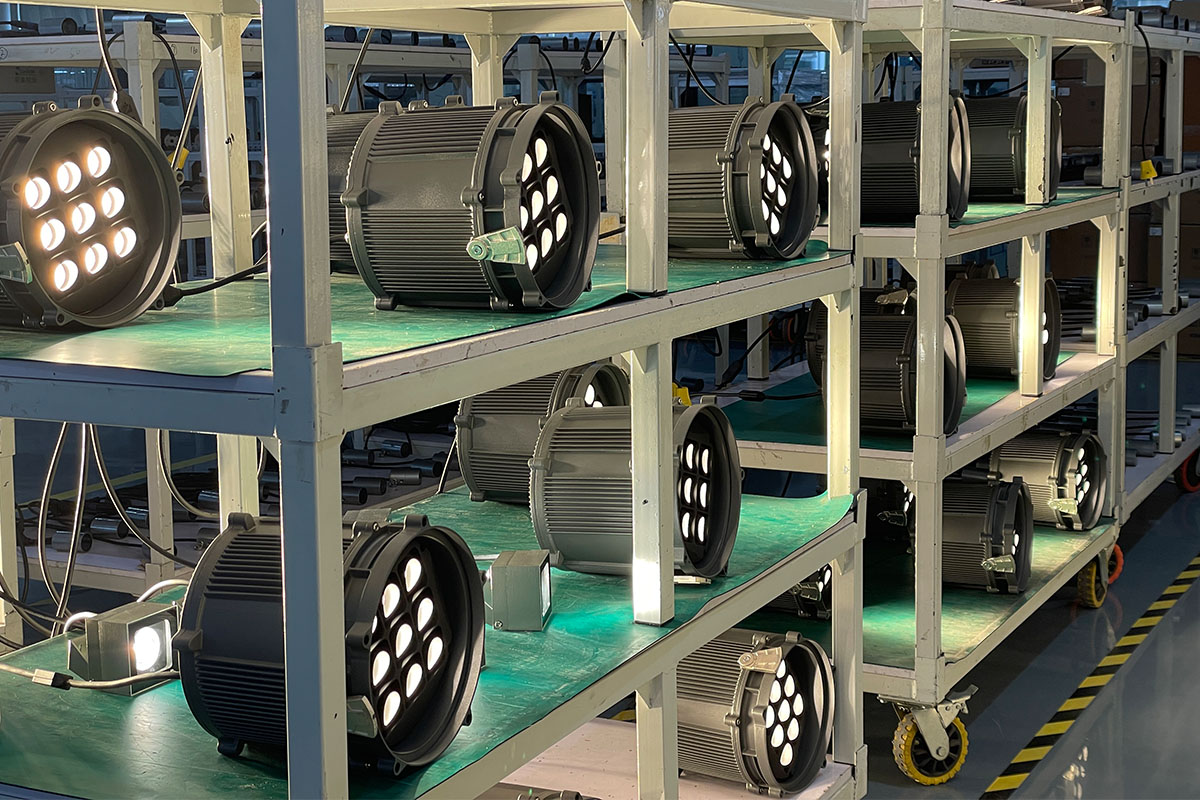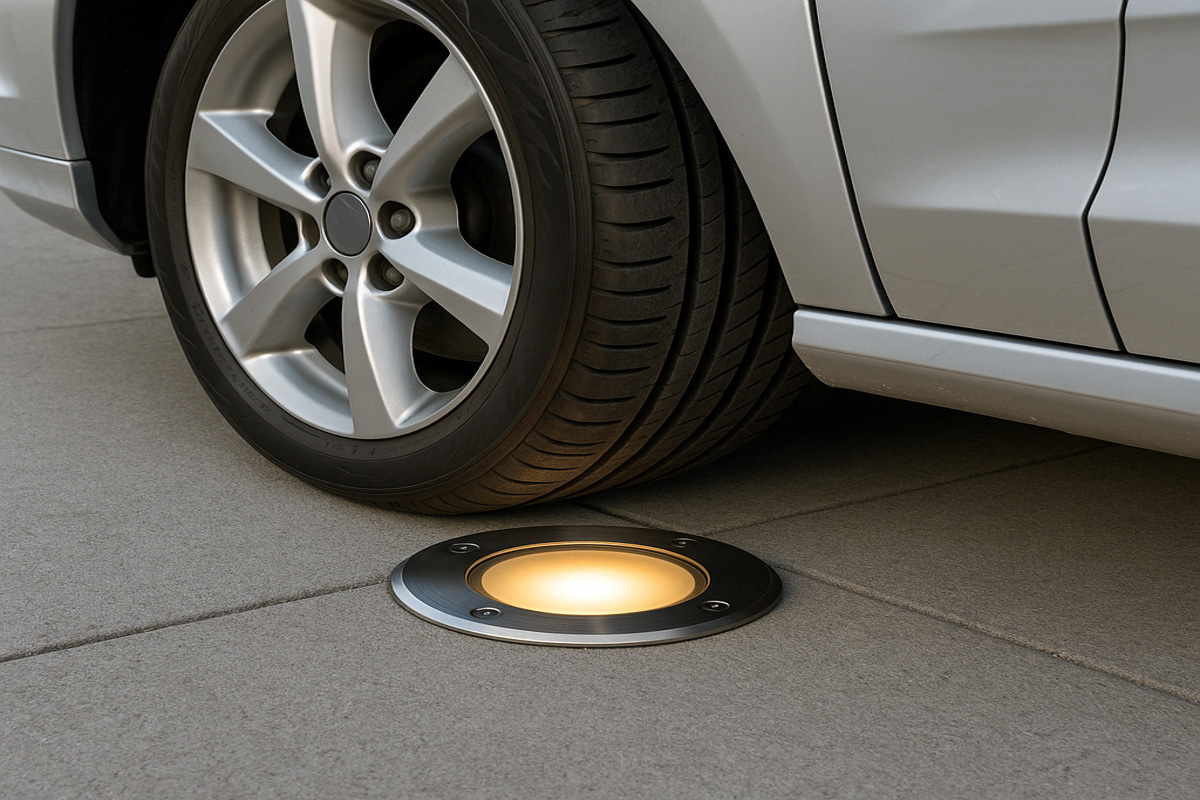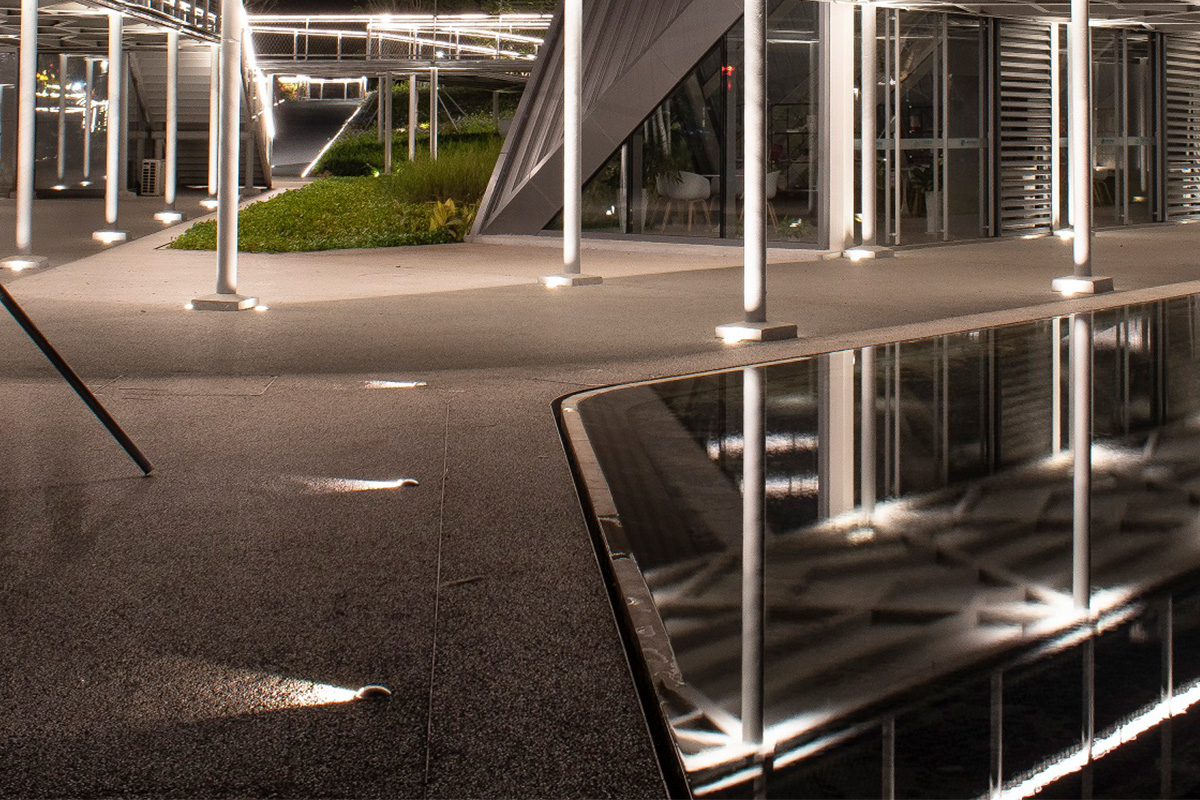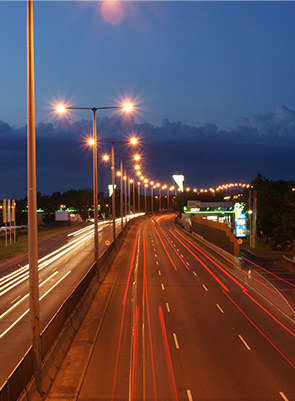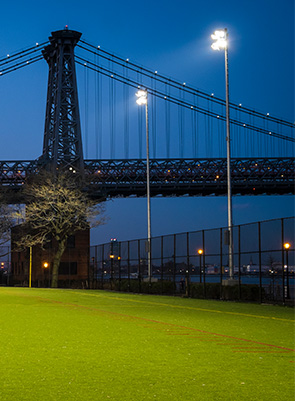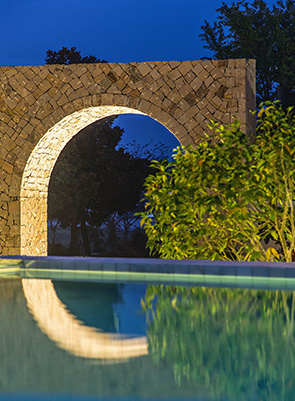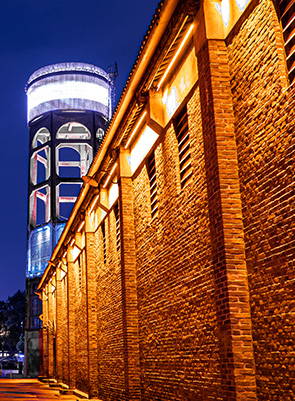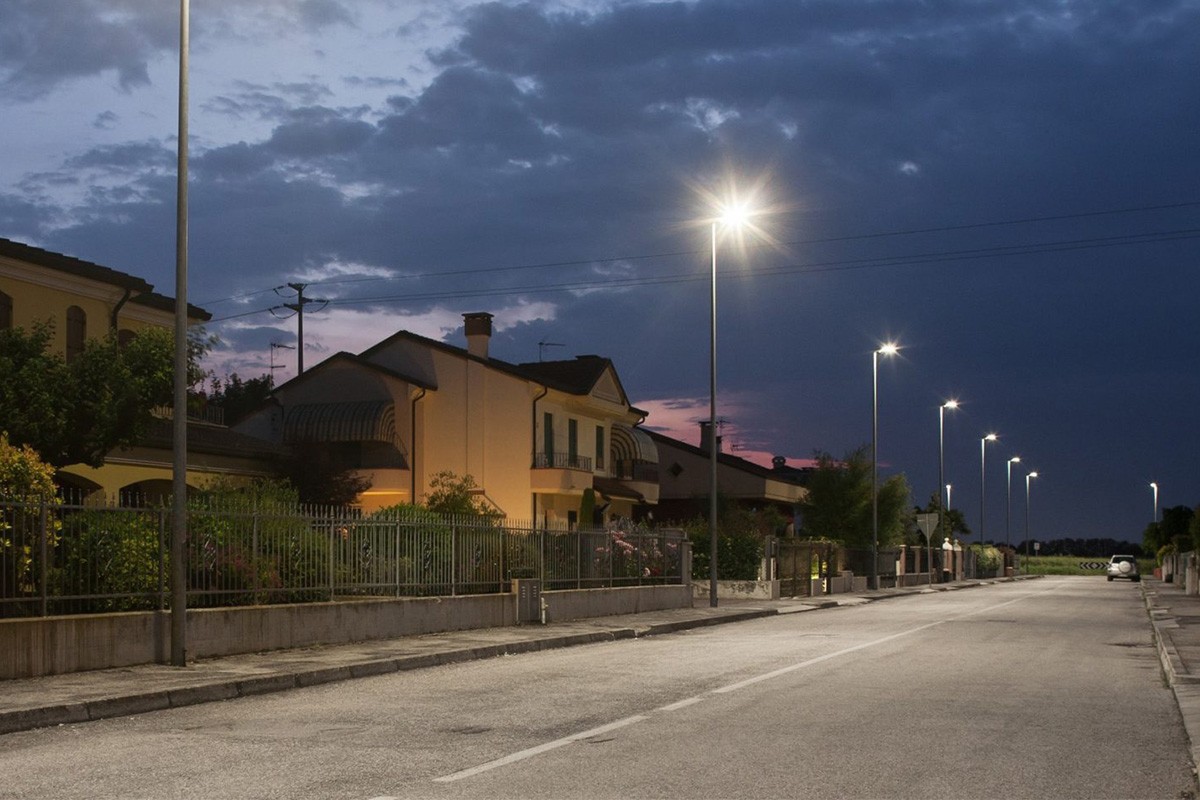
Class II luminaires are often required in outdoor lighting projects such as architectural facade lighting, public lighting, street lighting etc, because they offer higher safety in wet or public environments, eliminate the need for protective earth, and reduce installation complexity.
Class I Luminaires
• Require protective earth (PE) connection.
• Protection: basic insulation + earthing.
• Safety depends on effective grounding.
• Common in: factories, warehouses, indoor installations.
Class II Luminaires
• No earth connection required.
• Protection: double or reinforced insulation.
• Safer in wet or public environments.
• Common in: parks, gardens, walkways, plazas.
| Aspect | Class I Luminaires | Class II Luminaires |
|---|---|---|
| Electrical Protection | Rely on basic insulation plus a protective earth (PE) connection. | Provide double or reinforced insulation, no reliance on earth connection. |
| Safety Principle | User safety depends on effective earthing. If PE is interrupted, risk of electric shock increases. | User safety ensured even without earthing. Extra insulation prevents live parts from being accessible. |
| Earthing Requirement | Mandatory – must connect to protective earth. | Not required – designed for safe operation without PE. |
| Typical Applications | Industrial sites, commercial buildings, areas where reliable earthing can be ensured. | Outdoor/public spaces (parks, pathways, plazas), residential gardens, areas with difficult or unreliable earthing conditions. |
| Advantages | – Simple construction | Lower product cost, Enhanced safety in outdoor/wet environments; No need for earth wiring; Easier installation and maintenance; Disadvantages; Dependent on reliable earthing; Higher risk in case of earth fault; More complex design Slightly higher product cost, Standards Reference, IEC 60598-1, Class I, IEC 60598-1, Class II, Preferred in Outdoor Projects, Less common due to grounding challenges. Frequently specified in tenders to ensure public safety and compliance with international standards. |


